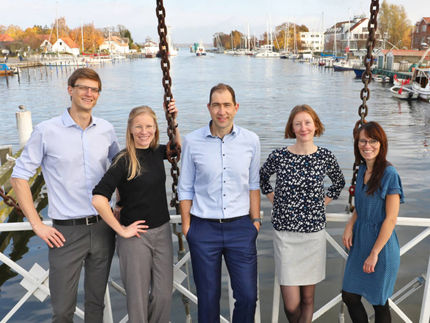Ondine Demonstrates High Efficacy of Photodisinfection Technology Against Key Hospital Pathogen Pseudomonas aeruginosa
Ondine Biopharma Corporation announced the conclusion of a preclinical program demonstrating high efficacy of its Photodisinfection technology against cultures and biofilms of Pseudomonas aeruginosa, one of the most dangerous hospital-acquired pathogens. This work provides important preclinical support for Ondine's photodisinfection programs for skin wounds, burn and outer ear infections.
"Our preclinical Pseudomonas program has evolved over the last two years, focusing on optimization of many photodisinfection parameters including dosing and formulation," said Dr. Nicolas Loebel, Chief Technology Officer, Ondine Biopharma Corporation. "Pseudomonas is extremely difficult to kill and occurs throughout hospital environments as an opportunistic pathogen. Our photodisinfection system has demonstrated 100% eradication of Pseudomonas aeruginosa in planktonic (free-floating) cultures, and in excess of 99.9% kills in biofilms. The data from the preclinical research supports our belief that our photodisinfection technology could provide significant benefits over conventional antipseudomonal therapies such as topical antibiotics or micronized silver.
"Pseudomonas is a Gram-negative bacterium living in biofilm colonies surrounded by a viscous alginate matrix, a protective strategy that works so well that Pseudomonas has even been found living in hospital disinfectant solutions. The bacterium is notorious for its resistance to antibiotics. The case fatality rate in Pseudomonas-infected patients hospitalized with cancer, cystic fibrosis, burns and wounds is as high as 50%. Our photodisinfection technology has proven highly effective at disrupting Pseudomonas biofilms and rapidly killing the causative bacteria in vitro. The eradication process does not upregulate bacterial resistance factors because the process is rapid, the kill rates are high, and killing occurs through disruption of surface membranes rather than internal metabolic processes. After launching Periowave(TM), our ground-breaking photodisinfection treatment for adult periodontal disease, our new product development efforts are being focused into nasal MRSA decolonization, disinfection of skin wounds and burns and treatment of external ear infections. The combination of wide therapeutic window, absence of resistance and treatment speed implies a potentially new paradigm in the treatment of these complex infections."
Organizations
Other news from the department research and development
These products might interest you

Hahnemühle LifeScience Catalogue Industry & Laboratory by Hahnemühle
Wide variety of Filter Papers for all Laboratory and Industrial Applications
Filtration Solutions in the Life Sciences, Chemical and Pharmaceutical Sectors
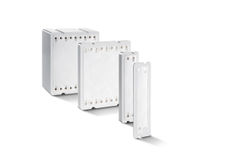
Hydrosart® Microfilter by Sartorius
Hydrophilic microfilters for bioprocesses
Minimal protein adsorption and high flow rates
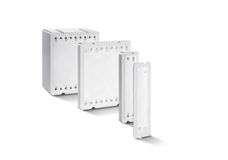
Hydrosart® Ultrafilter by Sartorius
Efficient ultrafiltration for biotech and pharma
Maximum flow rates and minimum protein loss with Hydrosart® membranes
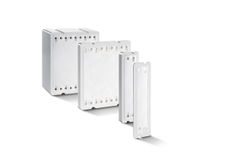
Polyethersulfone Microfilter by Sartorius
Biotechnological filtration made easy
Highly stable 0.1 µm PESU membranes for maximum efficiency
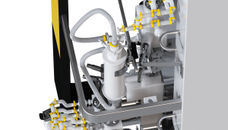
Sartobind® Rapid A by Sartorius
Efficient chromatography with disposable membranes
Increase productivity and reduce costs with fast cycle times
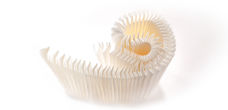
Sartopore® Platinum by Sartorius
Efficient filtration with minimal protein adsorption
Reduces rinsing volume by 95 % and offers 1 m² filtration area per 10"
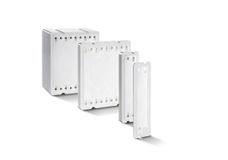
Polyethersulfone Ultrafilter by Sartorius
Reliable filtration with PESU membranes
Perfect for biotechnology and pharmaceuticals, withstands sterilisation and high temperatures

Get the life science industry in your inbox
By submitting this form you agree that LUMITOS AG will send you the newsletter(s) selected above by email. Your data will not be passed on to third parties. Your data will be stored and processed in accordance with our data protection regulations. LUMITOS may contact you by email for the purpose of advertising or market and opinion surveys. You can revoke your consent at any time without giving reasons to LUMITOS AG, Ernst-Augustin-Str. 2, 12489 Berlin, Germany or by e-mail at revoke@lumitos.com with effect for the future. In addition, each email contains a link to unsubscribe from the corresponding newsletter.
